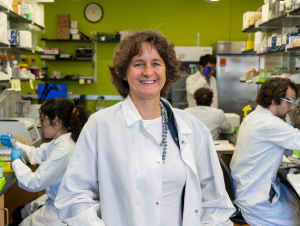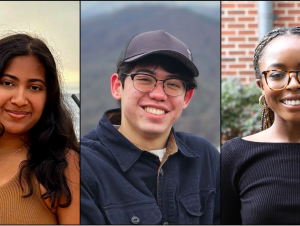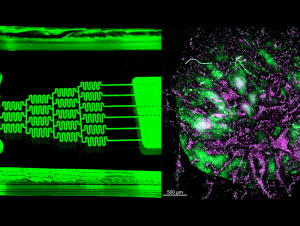To request a media interview, please reach out to experts using the faculty directories for each of our six schools, or contact Jess Hunt-Ralston, College of Sciences communications director. A list of faculty experts is also available to journalists upon request.
Latest News
Storici lab discovers RNA’s surprising role in DNA repair, developing new insights could lead to improved treatments for cancer and other diseases.
In a landmark study led by Georgia Tech, researchers demonstrate a first-of-its kind way to synthesize amino acids that uses more carbon than it emits. The research also makes strides toward making the system cost-effective and scalable for commercial use.
Sonali Kaluri, Seth Kinoshita, and Medina McCowin have been selected as walk-on recipients of the prestigious Stamps President's Scholarship. Chosen for their academic achievements, leadership, and commitment to service, they will receive full scholarships, mentoring, and unique growth opportunities.
50 Georgia Tech HPC experts shared their groundbreaking research with the world at SC24.
The award recognizes an outstanding analytical chemist that has advanced the field through exemplary research, teaching, or other endeavors.
The miniature models could exponentially accelerate vaccine development, cancer treatment research, and improved health outcomes across a spectrum of diseases.








